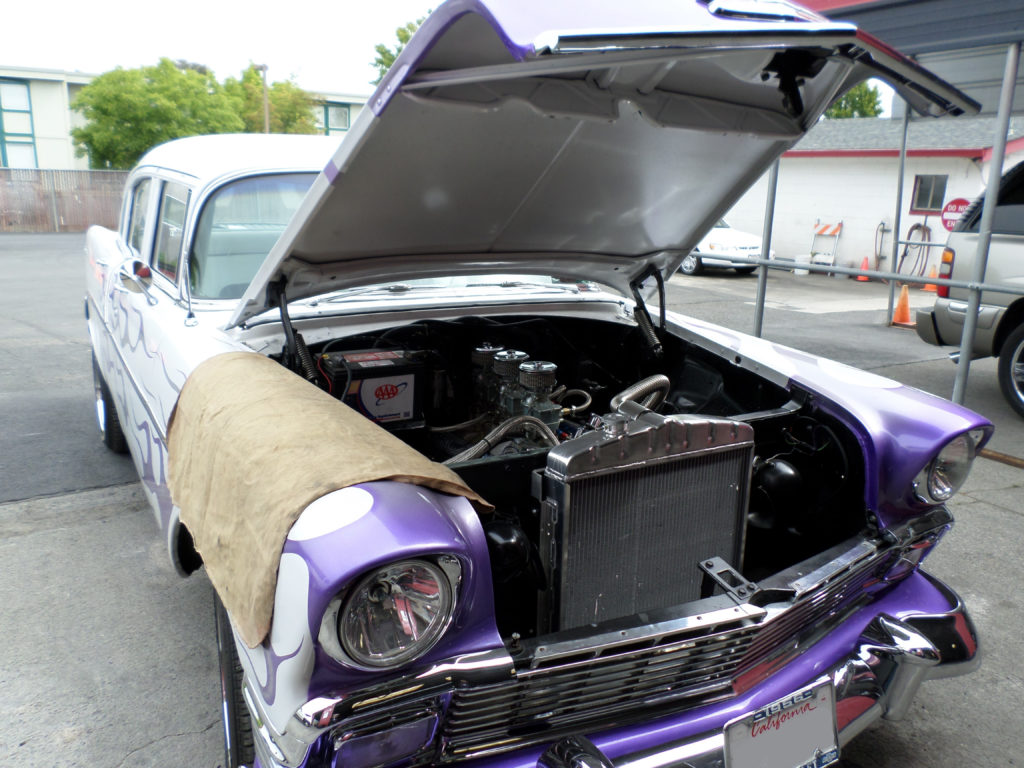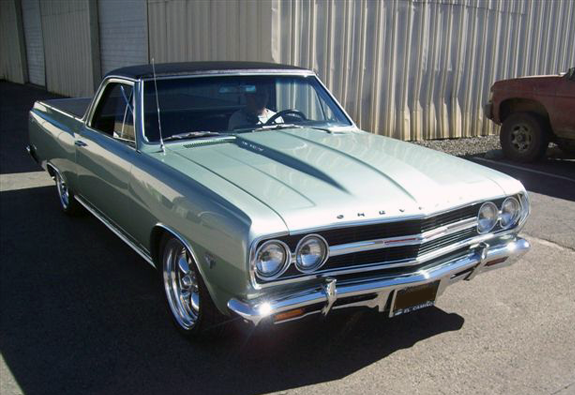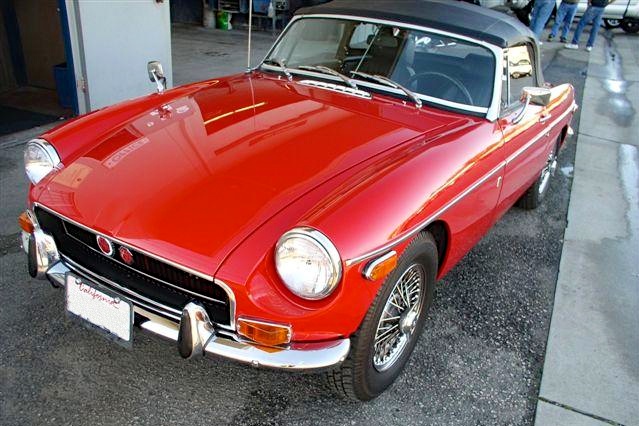
If you own a vehicle manufactured prior to the 1990s, you need to be extra diligent about maintenance. Photo: Empire Auto Repair & Smog ©2018
Most of the cars and trucks you typically see on the road today were built within the last 25 years. With modern vehicles, maintenance tends to be pretty simple, thanks to improved technology and designated preventative maintenance schedules. In contrast, when it comes to premodern vehicles (whether vintage, classic or just plain old), maintenance can be a real challenge. Not only are older vehicles more susceptible to performance issues, owners also have to account for factors like compatibility with newer products and availability of replacement parts. However, with proactive diligence, a premodern car can be maintained indefinitely.
If you own or have plans to purchase a premodern vehicle, take a moment to read the following maintenance tips:
Supplement engine oil. Following the introduction of fuel injection in the late 1970s, it was found that the zinc and phosphorous in motor oil was damaging the catalytic converters in newer vehicles. To remedy this issue, oil manufacturers removed these elements from their products. The problem is, for older vehicles with carburetors, zinc and phosphorous are critical for engine life. Fortunately, this dilemma is easily solved—simply include a zinc and phosphorous additive when you change the oil in your premodern car or truck.
Grease the joints. Any vehicle requires lubrication for its steering and suspension components, but this is especially important for older vehicles. Whereas modern vehicles have sealed, permanently greased joints, the joints on premodern vehicles need to be re-greased manually. Components like drivelines, ball joints, tie rods and idler arms should be re-greased each time you change your oil, and wheel bearings should also be routinely re-greased and repacked. Keeping all these parts lubricated can be time-consuming, but if you’re diligent, you’ll avoid costly replacements.

Whereas modern vehicles have sealed, permanently greased joints, premodern vehicles’ joints need to be re-greased manually. Photo: Carreras Auto Body ©2018
Keep it cool. One of the biggest problems with older vehicles is engine overheating. The best way to prevent this is to flush your vehicle’s cooling system annually. Most premodern vehicle cooling systems require a 50/50 mixture of distilled water and antifreeze. You should also routinely check the fan belt for cracks, inspect the hoses (they should be firm but flexible) and test the water pump bearing (if there’s any play, the pump should be replaced).
Service the transmission. Automotive transmissions haven’t changed that much since premodern times, but as with any vehicle component, regular maintenance becomes more important with age. Dave Proffer of Empire Auto Repair & Smog recommends having your premodern vehicle’s transmission serviced every 30,000 miles to ensure ongoing operation.
Adjust the brakes. In addition to bleeding and flushing brake fluid as needed, you may need to periodically readjust your premodern vehicle’s brakes. Unlike modern vehicles (which typically have disc brakes on all four wheels), older vehicles have drum brakes in the rear, and some even have them on all four wheels. Drum brakes manufactured before 1955 require periodic adjustment to prevent performance issues, and even later, self-adjusting drum brakes often require manual adjustment. At any rate, it’s better to preemptively check and adjust your drum brakes than to wait until problems arise.

One of the best ways to keep your premodern car in good operating condition is to drive it often. Photo: Phil’s Auto Body ©2018
Perform routine inspections. A basic yet critical preventative step in maintaining a premodern vehicle is routinely inspecting for potential issues. Something as simple as a worn-out hose can lead to an engine failure, so make it a point to regularly assess the integrity of all vital vehicle components.
Take it for a spin. If your premodern vehicle isn’t your daily driver, it can be easy to let it sit for long periods of time. However, prolonged inactivity can result in problems like seizing brakes, engine rust and a sticky clutch. To keep your vehicle in optimal operating condition, take it out on the road on a regular basis.
To find a local, top rated company to help you maintain your premodern vehicle, visit www.diamondcertified.info.
One Response
Leave a Reply
You must be logged in to post a comment.

Excellent article! It’s very useful for the first time pre-modern vehicle owners and those who are curious about it. They need to know that maintenance is key when it comes to caring for a pre-modern car because they need a whole lot more TLC than newer vehicles. A simple check under your hood won’t take that long and it might save you from having trouble with your baby! There are also services online that provide further assistance when it comes to the intricacies of owning a premodern car or car maintenance in general.